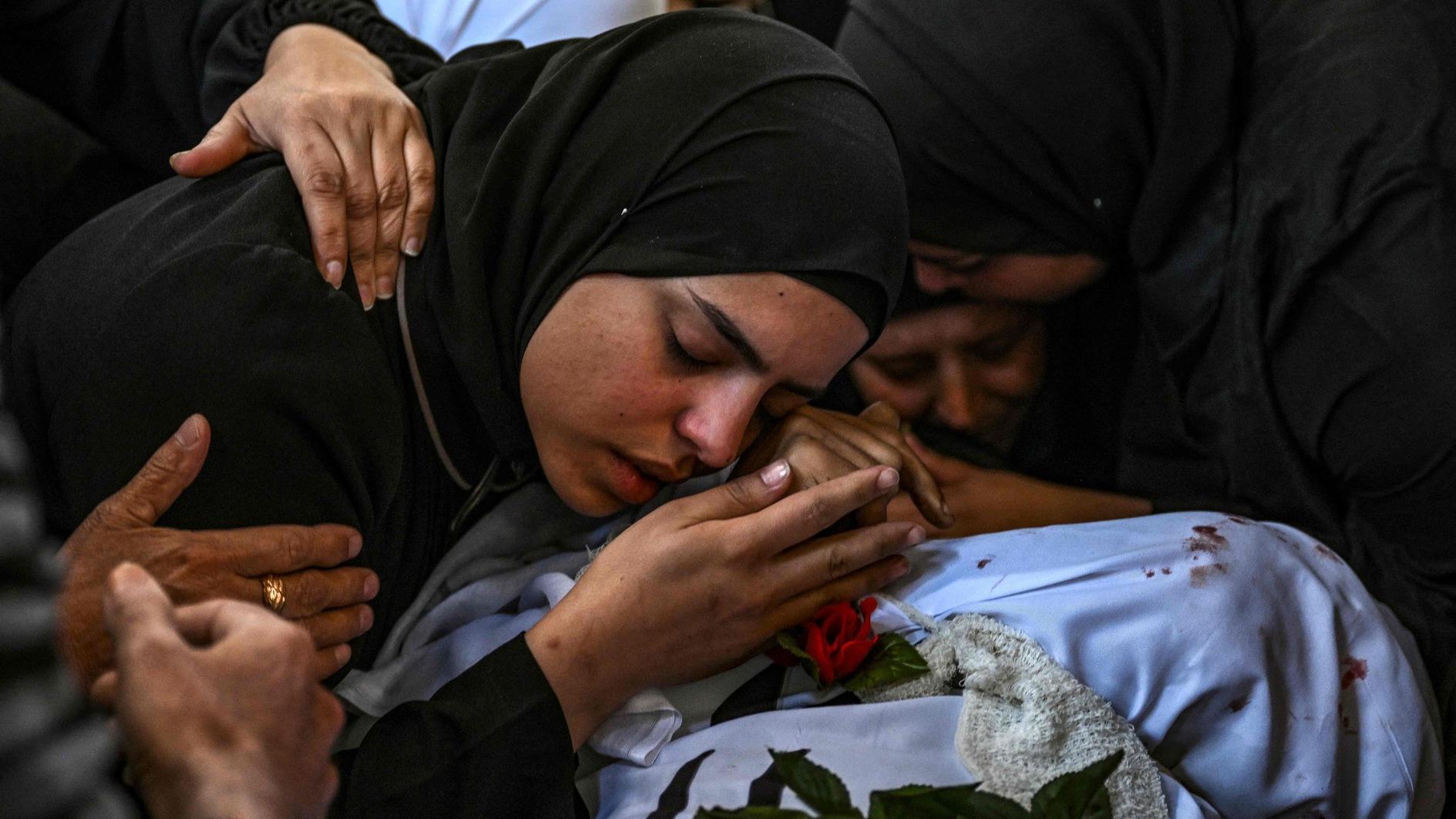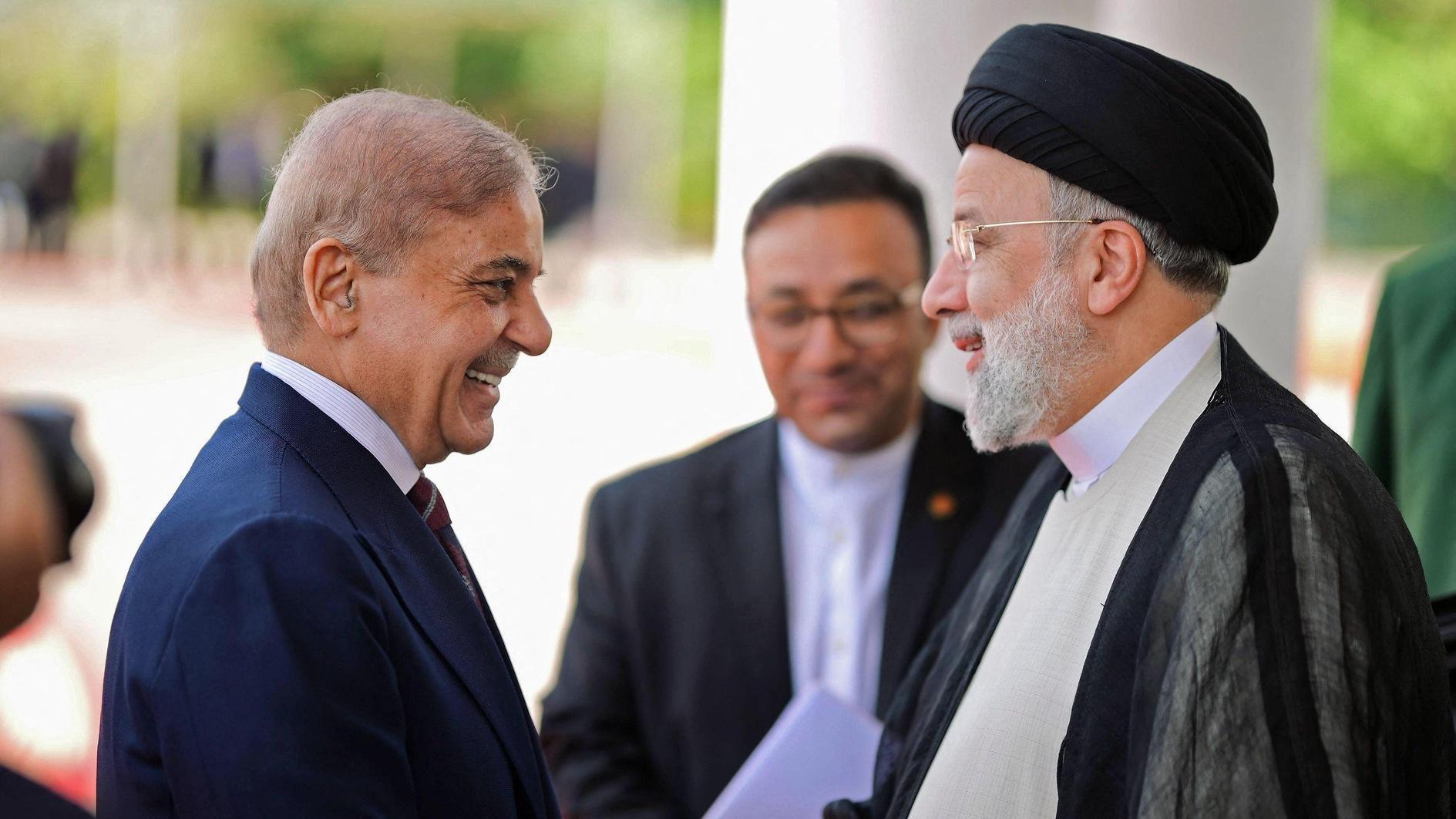Birth and childhood in Ottoman times
NIKI GAMM

A special bed was prepared for the new mother and the baby was brought to her, snuggly wrapped.
Uyusun da büyüsün masallah / Let the baby sleep and grow masallahBabasına kavussun insallah / Let him meet his father insallah
Hu hu derim ninni / Yoo-hoo I sing to my baby
Yavruma uykular ve Allah. / Sleep and Allah for my little one.
Lullabies are sung all over the world to ensure that babies fall asleep and grown-ups can get on with their daily lives. They don’t always make a lot of sense when translated into another language, unfortunately, as one can see from the Turkish lullaby (“ninni” in Turkish) translated above.
About Ottoman children not much is known. People did not write autobiographies or even about the childhoods of important people. Once an important man died, his papers would be destroyed: The responsibility for this destruction is usually laid at the feet of the women of the household, who were often unable to read.
Until the modern era, what little is known comes from traditions that rarely changed until the 20th century, and from the imperial dynasty which had a penchant for recording everything. Dossiers were kept on every woman who entered the Ottoman harem, including when they had their periods. And if a girl slept with the sultan, that date would be carefully noted and she would be assigned a special attendant who would look after her from then on.
The actual birth of a child would be accomplished using a birthing chair, a practice that can be traced back to the ancient Babylonians. Harem women who were skilled midwives would attend each birth, and the chief physician at Topkapı Palace might be called in if there were complications; however, the latter would have been less than helpful since he would not have been able to see or touch the woman giving birth. He could only offer advice from behind a screen or curtain on the basis of the information being relayed to him.
For the general populace it seems that midwives were commonly Jewish, and in anticipation of a birth not only the pregnant woman’s family would gather around, but also the neighborhood women. When labor started, the midwife would bring her own birthing chair.
Once the baby was safely delivered, its sex would be announced. Sacrifices would be made depending on the wealth of the family, and alms were given. The midwife would wash the baby, put salt on it to get rid of any smell, smear honey in its mouth so that its speech would be sweet and beautiful, and cut the umbilical cord. Then she would wrap it in swaddling clothes and hand it over to the head of the family. In return the midwife would receive clean clothing along with pieces of soap, and she would given tea or linden tea and a chance to rest and recuperate in a room especially for her. She would remain there for six days after the birth.
A special bed was prepared for the new mother and the baby was brought to her, snuggly wrapped. A small evil eye bead would be attached to its clothes and a Quran placed above its head. Over the ensuing six days the new mother would never be left alone for fear that she might contract a fever. On the third day after the child’s birth, though, the head of the family would take the child, recite the call to prayer three times, and pronounce the name given to the child three times.
On the sixth day, the mother’s isolation would end and there would be a celebration with dancing and feasting and henna painting that would last well into the night. Gypsies had an important role to play in the festivities. For the sultan’s first-born son, however, the people would be treated to other festivities that would start with the firing of cannon. A first-born girl also rated some festivities, although they were not as significant, and the births of subsequent children would be celebrated less and less extravagantly.
Forty days later, if the baby survived, a ceremony known as the 40 hamams would be held. At that time the child, his/her mother and the midwife would be taken to a hamam along with relatives of all sorts and neighbors who had been invited. Gypsies would play their instruments until evening. Obviously gypsies would not be brought into the harem at Topkapi but as music was a favorite entertainment, there was no lack of dancing and singing.
A royal baby’s early years would be spent with its mother at the Old Palace where Istanbul University is located today. This was the first Ottoman palace built in Istanbul following the city’s conquest by Fatih Sultan Mehmet and served as the center of the Empire until Topkapı Palace was complete. Most sources suggest that the sultan’s harem did not live at Topkapı until the time of Hürrem Sultan (d. 1558), but it is known that the harem women used to escort their children every day to Topkapı and back for their education. When Hürrem Sultan was clearly at death’s door, she was taken to the Old Palace to die. And when a new sultan was proclaimed, his mother would be brought with great ceremony from the Old Palace to Topkapı to take charge of the imperial harem, and sometimes more.
Palace and children
As the imperial baby grew, he or she would be provided with a nursemaid and a wet nurse. Since there were always children about the harem, there was no lack of young concubines to serve as babysitters and entertainers for the infants.
The children would also be taken around the palace grounds by the eunuchs who guarded the harem. The zoo that was located in the area where the Tiled Pavilion is now housed a variety of animals to keep the inhabitants of the harem amused.
When a prince became old enough, he would start taking lessons from tutors and his first day would begin with a special ceremony. He would continue until he reached puberty when he would have an apartment of his own and concubines to amuse him. For many years, the sultan’s sons were sent at an early age to be provincial governors so that they received hands-on training in governance; however, that practice was eventually abandoned when it became clear that it threatened the stability of the dynasty.
The sultan’s daughters also received an education, which to some extent resembled that of upper-class European girls – in reading, writing, religion, sewing, music and the like. They often served as pawns in the power games played by the sultan, who married them off to favored courtiers in spite of their age. And even though these girls had children of their own, these babies were never considered threats to the dynasty.
















